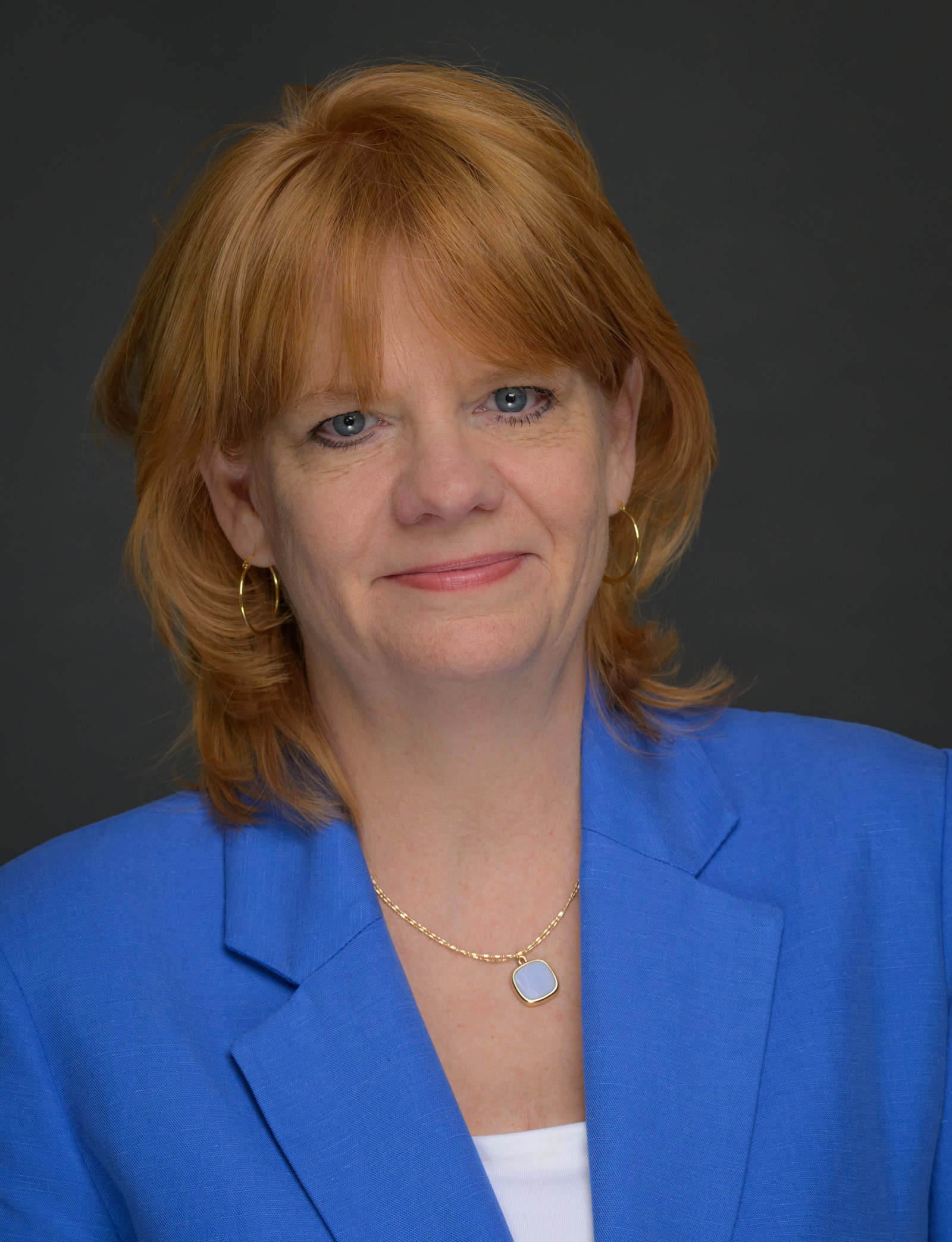Three more things not to miss in a Federal Financial Plan, including pension prioritization and a “total” TSP plan.
Hello again readers. Thank you for joining me for the final installment in my series, 5 things you must have in a Federal Financial Plan.
Today we expand upon the final three components.
- Prioritizing Pension Practices
- Total TSP Plan
- Bonus Boost
Prioritizing Pension Practices
If you have followed my articles, you know that I do NOT believe in “set it and forget it” pension planning. To clarify, I am focusing upon FERS planning (although some points will apply to our CSRS friends).
In my opinion three of the most damaging letters in federal retirement planning might be M R A.
But Jen, MRA at 57 is AWESOME!!!!
I get it. The notion of wrapping up your work life at the tender age of 57 (with 30 years of service) is a beautiful one. The challenge is that it takes a lot more work to make it come to pass than the existing wisdom would lead you to believe.
The path to MRA 57 begins on D. O H. (date of hire). You must recognize that you are leaving some money on the table with a pre-age 62 retirement. Why? To recap from my earlier articles, at age 62 the FERS annuity formula is enhanced by 10%. Prior to 62 the formula is 1% for each year of service times your high-three (high 36 months). At 62 or later (with at least 20 years of service) the formula becomes 1.1% per year. So, an MRA retirement is making an agreement to accept less for life from the FERS pension.
Ha, got you Jen. You forgot about the FERS supplement.
Nice try, but no. In my opinion (as well as my colleague Ed Zurndorfer’s) the Special Retirement Supplement is NOT a sufficient tradeoff for the reduced FERS pension. Check it out on stwserve.com. The math simply does not support forgoing the increase at 62.
More about Financial Planning at our no-cost webinar for Feds -
In addition, MRA 57 includes an inflation gotcha, No COLAs until age 62. That’s 5 years. Now if I brought this up back in 2019 you might laugh at me. However, the last five years have taught us that inflation can return with a vengeance. And like an unwanted guest it can overstay. If you are committed to retiring at 57 under MRA you will need to plan from day one to build up my other MRA (Massive Retirement Assets). And not to pile on, but the FERS supplement ALSO has no COLAs. That is a double whammy.
If you have been maximizing your TSP contributions (and no, contributing up to the match is not maximizing) from your first year of federal service. Blue ribbon for you! I daresay that your balance already comfortably eclipses the seven-figure threshold. Depending upon your obligations you may be in great shape to begin our next act as a retired Fed. If not, please reconsider the incentive that Uncle Sam is offering to make it until 62. 62 is still pretty young.
Closing thought for CSRS folks, 41 years and 11 months is your maximizing moment. And if you overshoot because you love your job, it doesn’t mean you are “working for free”. Shoot me an email and I’ll show you a cool strategy involving the Voluntary Contribution Program (VCP).
This actually makes for a good segue to item 4:
Total TSP Plan
I already covered this, but I will reiterate, the earlier in your career you begin to maximize your TSP contributions the better your retirement financial picture will be.
But Jen. Money was tight when I was younger.
I understand. So, let’s expand that axiom. It’s never too early to begin maximizing your TSP contributions AND today is as early as it will be for the rest of your career. So, if you missed on maxing, start now!
Maxing on contributions is rule one. Rule two is allocate properly for your age. The TSP is a pretty solid plan. You have five low-cost core funds that can be deployed for the appropriate allocation at just about any age.
Right now, the default for new hires is for 5% of pay to be invested in the ‘appropriate” L fund for the age of the employee. (Longer date funds for younger employees and vice versa). Insert applause emoji. This is a great starting point.
I would suggest though that once your balance exceeds $25,000 that you consider building an allocation from the 5 core funds (G,F,C,S and I). A word of caution here, be careful not to be too conservative at younger ages. I understand no one likes to see their TSP balance go down, even for a month. However, you need to maintain a long view. Equity markets have a 100% track record recovering from corrections, crashes and bear markets given enough time. When you are young, time is your most valuable commodity after the funds you need to invest.
Build your realistic allocation with the core funds and then just remember to rebalance it once per year. If you want to learn more about allocation and rebalancing visit our website www.stwserve.com . Don’t fall for memes or market timing schemes. Add money, allocate correctly, rebalance regularly-repeat.
As you approach retirement (10 years out) gradually begin to moderate your posture (More in G and F funds). The bond funds will provide stability to the portfolio and provide a pool of funds from which you can draw during the periods in retirement that the equity markets may be down (not so easy in TSP but doable).
Remember Roth
In my role as a financial planner this is hands down the most overlooked, misunderstood, and under-utilized component of TSP.
Hold on Jen, I think I make too much money for Roth.
Noooooooo! That is exactly what I mean by misunderstood. Write this down. There is no income limit or restriction for making contributions to Roth TSP.
Further, this is another place where the younger you are and the earlier you are in your federal career, the more making Roth contributions can make sense. Consider this, if you are in your first 10 years of federal service, you are most like in the lowest income decade of your career. Why does this matter? Because Roth TSP contributions are made after-tax (no tax savings now). Roth contributions and balances grow TAX-FREE and can be withdrawn TAX-FREE.
This is powerful. How powerful you ask? If a 25-year-old fed contributed just $10,000 to his or her Roth TSP at just 6% growth that tax free balance would be over $100,000 at age 65. Now if that same 25-year-old fed put in the current maximum contribution of $23,000 the age 65 balance would be over $230,000 in tax free dollars. And each of those examples is for a single contribution and does not include the matching dollars that would be building up in the traditional side of TSP.
At every age utilizing Roth can enhance your financial outcomes through a strategy known as tax diversification. Ideally retirees should have a big pool of retirement savings containing tax-deferred assets , tax-free assets and assets taxed as capital gains (more on this category in a future article). Having your retirement assets arrayed in this way will give you maximum flexibility regardless how taxation may change in the future.
By the way if our 25 year old fed contributed $23,000 into Roth TSP every year until 65 (same assumption of just 6% growth) the tax free balance would be over 3.7 million.
Mind Inflation.
My final thought in this area focusses on the fact that the TSP represents every feds best tool to address inflation. The pensions can stay in the ballpark with inflation due to the COLAs as can social security. TSP savings give you the ability to outperform inflation. It is a safe bet that everything will cost more in the future. Growing your money at a 6, 7 or 8 percent rate allows you to build a powerful cushion against those eroding forces.
Start early, maximize contributions, allocate correctly, rebalance regularly and leverage Roth.
Mike Drop.
Thank you for reading thus far. Here comes my personal bonus boost.
If you are maximizing TSP, building up outside investments and find yourself asking for one more thing, here it comes.
The Healthcare Savings Account
C’mon Jen. Like what I use for new glasses every year?
Settle down. There is more here than meets the eye.
Let’s begin with some nuts and bolts. Requirement one, for setting up a HSA is to be enrolled in a high deductible health plan. If you are, you are now eligible to make pretax contributions to your HSA. Depending upon your age and family status, for 2024 your contribution can range from $4150 to $8300 if you are under age 50. Above that age you may add an additional $1000 per year.
Since the contribution is pretax, you can lower your taxable income. That is nice. However, if the funds are used for qualified health care expenses you may use the money tax free. Even better.
Like I said Jen, Tax free glasses. I like that.
I understand, and that is not a bad thing. However, I’d like you to think a bit differently. I’d like you to consider NOT using the HSA funds each and every year and allowing them to build up and grow. Most folks do not realize that they can allow the funds to build up without losing them. In addition, you can choose to INVEST the money within the HSA across a selection of mutual funds (depending upon your plan).
Put it in pretax, let it grow tax-deferred and use tax-free for health care.
Using compounded tax-free dollars sounds pretty good to me.
How good? Let’s, look at some numbers,
For our example we will use the 2024 maximum for a family of $8300. If a 32-year-old federal employee contributed JUST that amount (with no increases or catch ups) each year until 62 and had an average rate of return of 8%?
Drum roll please.
She or he would have a balance in excess of $900,000. Yes, you are reading that right. Almost a million dollars TAX FREE (potentially) from tax deductible contributions.
But wait Jen. I can only use that money for health care stuff.
Correct, but let me ask a question, do you think your health care expenses will be lower in retirement than they are now? (Hint: most likely NO). Actually, data indicates that your healthcare costs will be significantly higher later in life. So, you may be spending a significant amount on health care stuff. Now if you can use funds from here, you won’t have to draw from your pension, your savings or your TSP.
Sounds like a boost to me.
In closing I hope this series has given you some real-world actionable steps to build your Federal Financial Plan and with that plan bring to life the financial life you deserve.
Thank you for reading. If you have any topics you like me to cover shoot me a note through FedSmith.
Until next time.
**Written by Jennifer Meyer, CFP®, ChFEBC℠, AIF®,.. The information has been obtained from sources considered reliable but we do not guarantee that the foregoing material is accurate or complete. Any opinions are those of Jennifer Meyer and not necessarily those of RJFS or Raymond James. Any information is not a complete summary or statement of all available data necessary for making an investment decision and does not constitute a recommendation. Investing involves risk and you may incur a profit or loss regardless of strategy suggested. Every investor’s situation is unique and you should consider your investment goals, risk tolerance, and time horizon before making any investment or financial decision. Prior to making an investment decision, please consult with your financial advisor about your individual situation. While we are familiar with the tax provisions of the issues presented herein, as Financial Advisors of RJFS, we are not qualified to render advice on tax or legal matters. You should discuss tax or legal matters with the appropriate professional. **
***The Thrift Savings Plan (TSP) is a retirement savings and investment plan for Federal employees and members of the uniformed services, including the Ready Reserve. The TSP is a defined contribution plan, meaning that the retirement income you receive from your TSP account will depend on how much you (and your agency or service, if you're eligible to receive agency or service contributions) put into your account during your working years and the earnings accumulated over that time. The Federal Retirement Thrift Investment Board (FRTIB) administers the TSP.***




